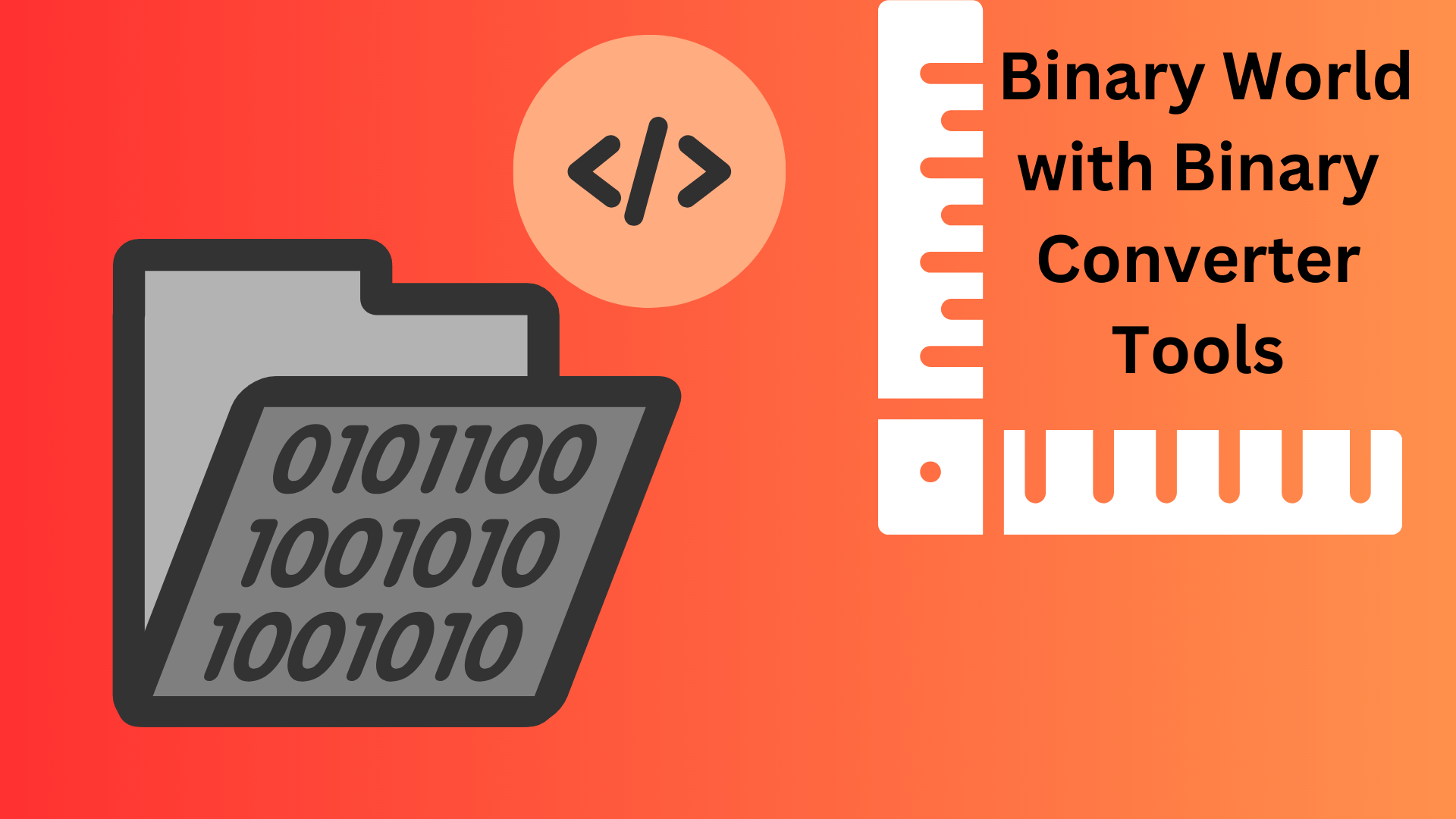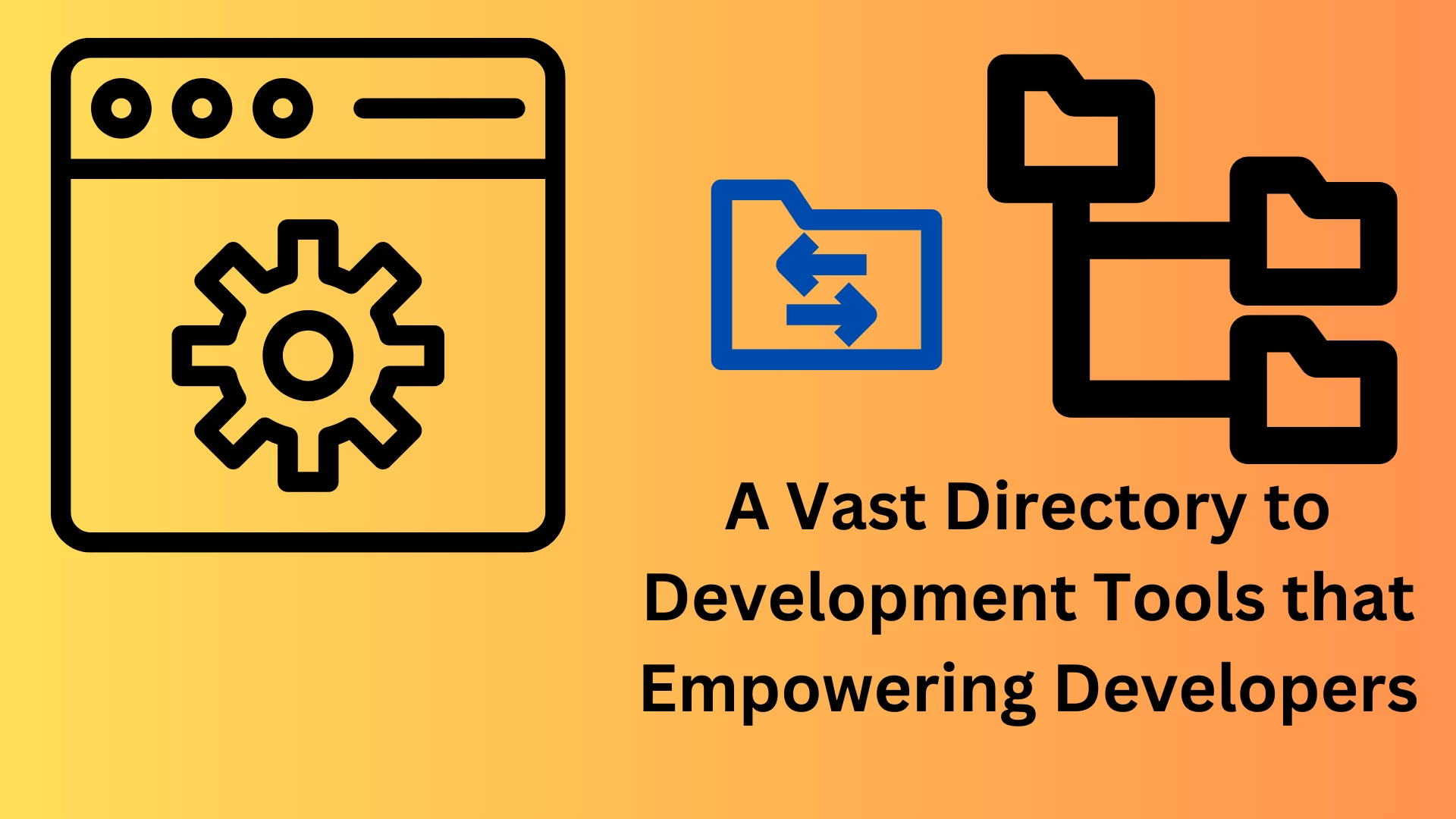
Comprehensive Guide to Text Analysis Tools
What are Text Analysis Tools?
Comprehensive Guide to Text Analysis Tools
Text analysis tools have emerged as indispensable instruments in today's data-driven world. These tools extract meaningful insights from the vast sea of unstructured textual data. These versatile tools empower individuals and organizations to transform raw text into actionable knowledge. You can enable them
- to make informed decisions,
- improve communication, and
- gain a deeper understanding of their audience.
What are Text Analysis Tools?
Text analysis tools are also natural language processing (NLP) tools. These software applications use computational techniques to analyze and interpret human language. They can perform a variety of tasks, including:
- Sentiment Analysis: Identifying the emotional tone of a text, such as positive, negative, or neutral.
- Entity Extraction: Recognizing and classifying named entities in a text, such as
- people,
- places,
- organizations, and products.
- Topic Modeling: Uncovering the underlying themes and concepts within a collection of texts.
- Keyword Extraction: Identifying the most important and occurring words in a text.
- Summarization: Condensing lengthy texts into concise summaries while preserving critical information.
How to Use Text Analysis Tools
Utilizing text analysis tools involves a straightforward process:

- Data Collection: Gather the text data you want to analyze, which can be in the form of
- documents,
- emails,
- Social media posts or any other source of textual content.
- Tool Selection: Choose the appropriate text analysis tool based on your specific needs and the type of analysis you want to perform. Many tools offer interfaces and require minimal technical expertise.
- Data Preprocessing: Clean and prepare the text data by
- removing irrelevant elements,
- handling missing values and
- Normalizing the format.
- Analysis Execution: Apply the chosen text analysis tool to
- the preprocessed data,
- Selecting the appropriate analysis techniques and parameters.
- Interpretation and Visualization: Check the results of the analysis, interpreting the extracted insights and visualizing them in meaningful ways, such as
- charts,
- graphs, or
- Dashboards.
Pros and Cons of Using Text Analysis Tools
Pros:
- Uncover Hidden Insights: Text analysis tools provide valuable insights from text data that would be difficult or impossible to identify.
- Efficiency: Automate time-consuming manual analysis tasks, enabling rapid processing of large text datasets.
- Accuracy: Use sophisticated algorithms to provide goal and reliable analysis outcomes.
- Automate Time-Consuming Tasks: These tools automate
- labor-intensive tasks,
- freeing up time for more strategic and
- Creative endeavors.
- Support Informed Decision-Making: The insights derived from text analysis can inform better decision-making in various domains, such as
- marketing,
- customer service, and
- Product development.
Cons:
- Data Quality Dependence: The accuracy of text analysis tools relies on the quality of the input data. Poor-quality data can lead to misleading results.
- Limited Context Awareness: These tools may struggle to grasp the context and nuances of
- human language,
- particularly in complex or
- Informal communication.
- Potential for Misinterpretation: It is crucial to interpret the results of
- text analysis and
- Avoid overstating or
- Misinterpreting the extracted insights.
- Over-reliance: Avoid over-dependence on tools, as human judgment and interpretation remain crucial.
- Context Sensitivity: Consider the context and nuances of the text to avoid misinterpretations.
- Tool Limitations: Recognize that tools have limitations and may not capture the full complexity of human language.
Choosing the Right Text Analysis Tool
Selecting the most suitable text analysis tool depends on various factors, including:
- Specific Analysis Needs: Identify the particular type of analysis you want to perform, such as
- sentiment analysis,
- Entity extraction, or topic modeling.
- Data Type: Consider the format of your text data, whether it's
- Structured, semi-structured, or unstructured.
- Ease of Use: Opt for a tool with an interface and clear documentation, especially if you have limited technical expertise.
- Pricing and Availability: Choose a tool that aligns with your budget and availability requirements, whether paid or free, open-source option.
What Can I Do with Text Analysis Tools?
The applications of text analysis tools are vast and ever-expanding. Here are a few examples:
- Marketing: Analyze customer reviews, social media sentiment, and competitor analysis to
- gain insights into customer preferences,
- market trends, and
- brand perception.
- Customer Service: Analyze customer feedback, support tickets, and chat conversations. To identify common issues, improve customer satisfaction, and personalize customer interactions.
- Product Development: Analyze user feedback, product reviews, and market research. To understand customer needs and identify potential product improvements. So you can develop new products or features.
- Social Media Analytics: Analyze social media posts, comments, and trends. To understand public opinion, brand perception, and emerging topics.
- Content Creation: Analyze audience preferences, popular topics, and trending keywords. To create engaging and relevant content.
Examples of Text Analysis tools
Article Rewriter
An article rewriter is a tool that can rephrase and restructure existing text to create new content. This can be useful for tasks such as
- summarizing articles,
- paraphrasing text or
- generating different versions of the same piece of content.
Backlink Checker
A backlink checker is a tool that can identify and analyze a website's backlinks. Backlinks are links from other websites to a particular website, and they can be a valuable source of traffic and authority for a website.
URL Rewriting Tool
A URL rewriting tool is a tool that can shorten or disguise URLs. This can be useful for making URLs more or tracking clicks on links.
Backward Text Generator
A back text generator is a tool that can generate text written backward. This can be used for fun or creative purposes, such as generating puzzles or riddles.
Text-to-Hashtags
A text-to-hashtags tool is a tool that can generate hashtags from a piece of text. Hashtags are keywords or phrases preceded by the hash symbol (#). You can use it to categorize social media content.
Text Compare
A text compare tool is a tool that can compare two pieces of text and identify the differences between them. This can be useful for tasks such as proofreading documents or identifying plagiarism.
Conclusion
Text analysis tools have revolutionized how we interact with and understand human language. Their ability to extract meaningful insights from vast amounts of text data has transformed various industries. They enabled organizations to make informed decisions, improve communication, and better understand their audience. Text analysis tools will continue to evolve as technology advances, offering even.








